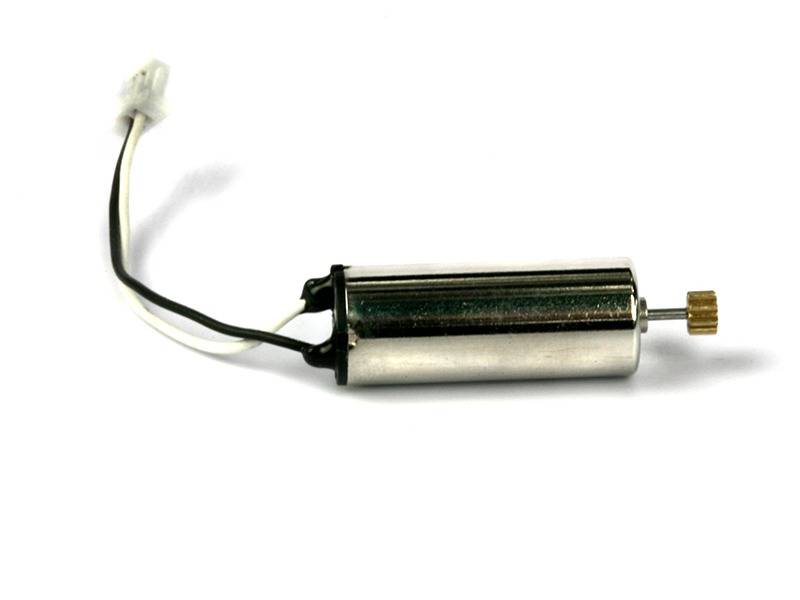Why is a brushless motor better?

A brushless motor is an electromechanical device made up of magnets, wire coils and other components, typically found in a variety of applications such as electric vehicles, drones, robotic arms, and precision machining tools. Unlike brushed motors, brushless motors lack any physical contact between the stator and rotor, providing several advantages over traditional brushed motors.
First and foremost, the lack of physical contact between the stator and rotor in brushless motors eliminates sources of friction that affect the output and performance of brushed motors. This results in improved efficiency of the motor, as the torque output is not being compromised by physical contact. Additionally, this same feature allows for smoother operation and higher output speeds. This results in significant energy savings, which can be especially beneficial to applications that require continued operation.
Brushless motors also offer more precise control in applications with tight tolerances and require precise position control, such as robotics. The lack of contact between stator and rotor in brushless motors allows for more precise and accurate control over the motion compared to brushed motors. This is due to the fact that with brushless motors, the stator is pre-programmed with digital information, making it easier to adjust and control the torque and speed of the motor.
Another advantage of brushless motors is their increased reliability. Without any physical contact between the stator and rotor, there is less wear and tear on the motor, resulting in less maintenance and repair costs over time. This reliability translates to reduced downtimes, increased productivity, and increased cost savings for businesses.
Finally, brushless motors are quieter than brushed motors. This is due to the lack of physical contact between the stator and rotor, eliminating the frequency of noise generated by the physical contact. This reduces the amount of noise generated by the motor, making it suitable for a variety of applications.
Overall, brushless motors provide a number of advantages over traditional brushed motors, including improved efficiency and reliability, higher output speeds, smoother operation, more precise control, and decreased noise levels. These advantages make brushless motors well suited for a variety of applications, from electric vehicles to precision machining tools.
Comments / Question
2. Complex electronic control - Brushless motors require electronic controllers to monitor and regulate the power supplied to them.
3. Require cooling systems - They often need an external cooling component like a fan or a heat sink.
4. Maintenance - Brushless motors require more frequent maintenance, such as re-soldering or re-balancing.
5. Noise - Brushless motors can be noisy as they switch power quickly.
2. Longer Life: Since there are no brushes or commutators to wear out, brushless motors have a longer life span than brushed motors.
3. Increased Torque: Brushless motors have better torque characteristics than brushed motors, providing greater power and speed.
4. Quieter Operation: Brushless motors are quieter than brushed motors, making them ideal for applications that require a quieter motor.
5. Lower Maintenance: Because there are no brushes or commutators to replace, brushless motors require less maintenance than brushed motors.
2. Brushless motors are quieter, as they do not have brushes to create friction and noise.
3. Brushless motors require less maintenance, as there are no brushes to wear out over time.
4. Brushless motors have higher speed and torque capabilities than brushed motors.
5. Brushless motors are more reliable, due to the lack of brushes and the ability to be electronically commutated.

